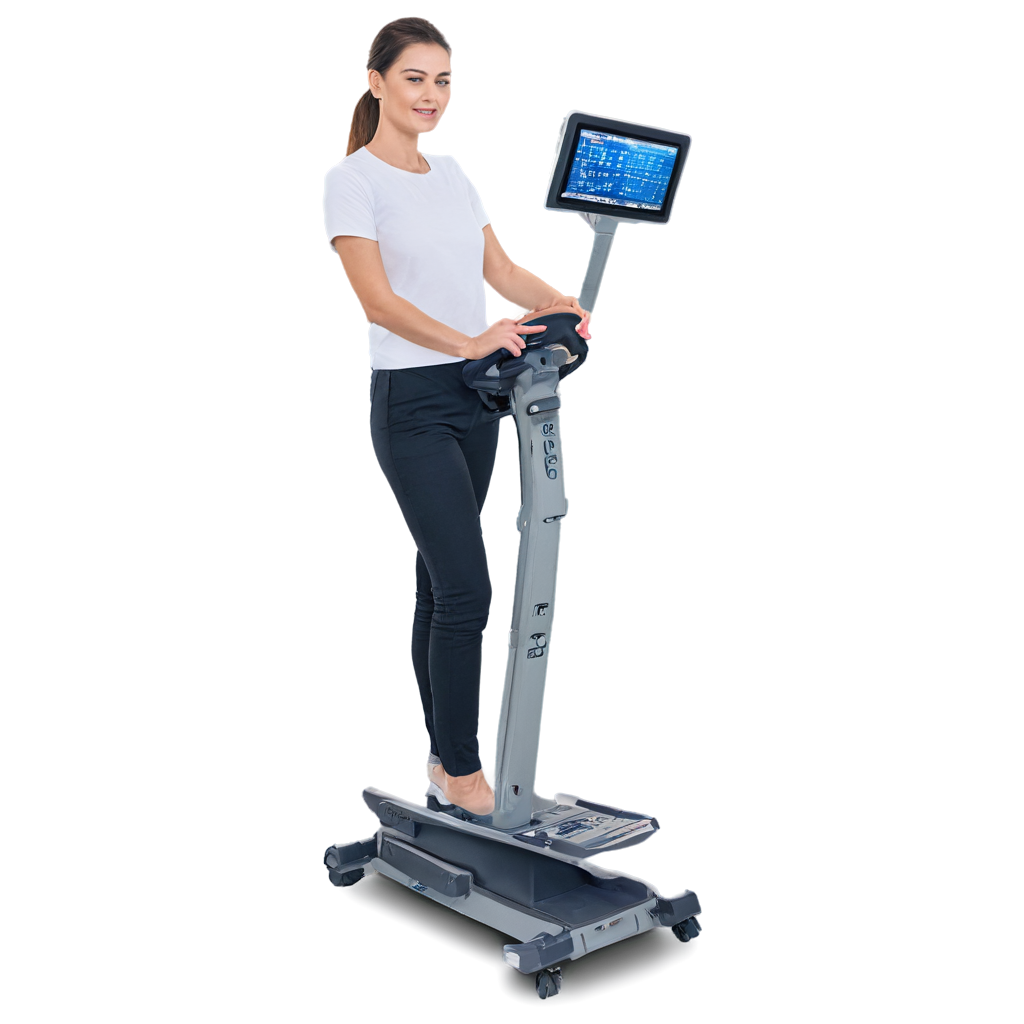
Electrocardiogram (ECG) machines are essential medical devices used to record the electrical activity of the heart over a period of time. These machines provide valuable diagnostic information about the heart's rhythm, rate, and overall function, helping healthcare providers to assess cardiac health and identify abnormalities or conditions such as arrhythmias, heart attacks, and heart rhythm disorders. ECG machines work by detecting and recording the electrical impulses generated by the heart as it contracts and relaxes. The recorded electrical signals are represented graphically as waves on a strip of paper or displayed digitally on a screen. Each wave corresponds to a specific event in the cardiac cycle, allowing healthcare providers to analyze the heart's electrical activity and identify any irregularities.
Electrocardiogram (ECG) machines are essential medical devices used to record the electrical activity of the heart over a period of time. These machines provide valuable diagnostic information about the heart's rhythm, rate, and overall function, helping healthcare providers to assess cardiac health and identify abnormalities or conditions such as arrhythmias, heart attacks, and heart rhythm disorders.
ECG machines work by detecting and recording the electrical impulses generated by the heart as it contracts and relaxes. The recorded electrical signals are represented graphically as waves on a strip of paper or displayed digitally on a screen. Each wave corresponds to a specific event in the cardiac cycle, allowing healthcare providers to analyze the heart's electrical activity and identify any irregularities.
Modern ECG machines come in various configurations and offer a range of features to meet the needs of different healthcare settings, from hospitals and clinics to ambulances and remote healthcare facilities. Some common features of ECG machines include:
Multi-Channel Recording: Capable of recording multiple leads simultaneously to provide a more comprehensive view of the heart's electrical activity.
12-Lead ECG: Standard configuration for recording electrical signals from 12 different areas of the heart, enabling detailed analysis of cardiac function and identification of abnormalities.
Digital Display: Many ECG machines feature digital displays that allow real-time visualization of ECG waveforms, facilitating immediate interpretation by healthcare providers.
Automatic Interpretation: Some ECG machines are equipped with algorithms that can automatically analyze ECG recordings and provide preliminary interpretations of the results, helping to streamline the diagnostic process.
Data Storage and Connectivity: Capability to store ECG recordings electronically and transfer them to electronic health records (EHR) systems for documentation and analysis. This feature enables healthcare providers to track changes in a patient's cardiac health over time and facilitates collaboration among medical professionals.
Portability: Portable ECG machines are available for use in ambulances, clinics, and other settings where mobility is essential. These devices are lightweight and battery-powered, allowing for easy transport and use in diverse environments.
Advanced Analysis Tools: Some ECG machines offer additional analysis tools, such as heart rate variability analysis, ST-segment monitoring, and QT interval measurement, to assist healthcare providers in diagnosing complex cardiac conditions.